#alberto santos dumont
Text
Santos Dumont. ☁️
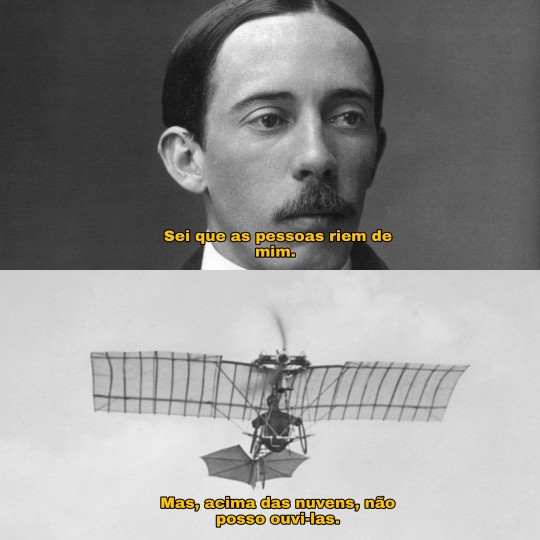
#alberto santos dumont#brazil#cartier#santos dumont#avião#brasileiro#Frases#Frase#edit#Tumblr#edição#reflexão
8 notes
·
View notes
Text
Milestone Monday


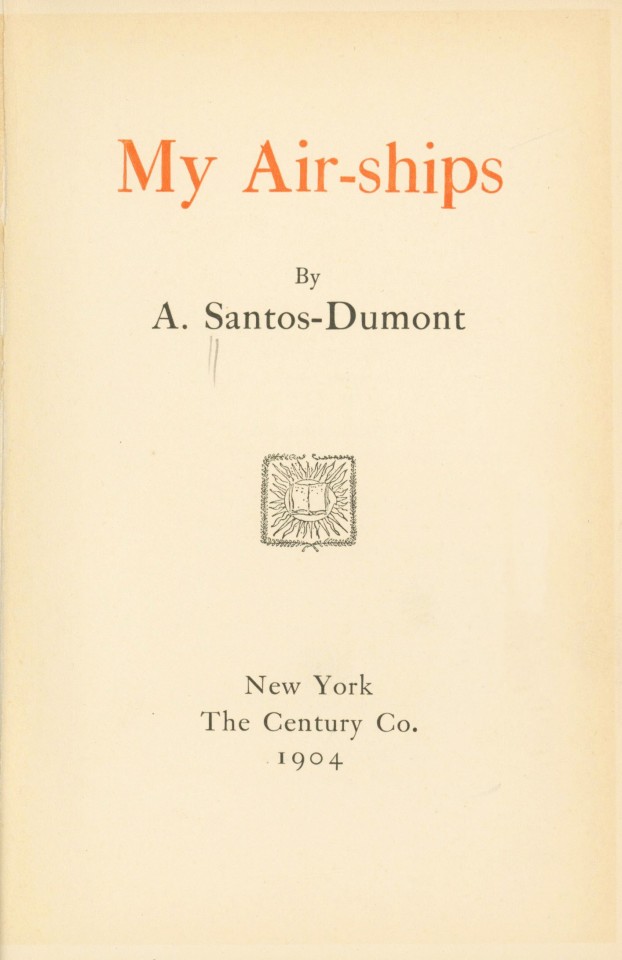
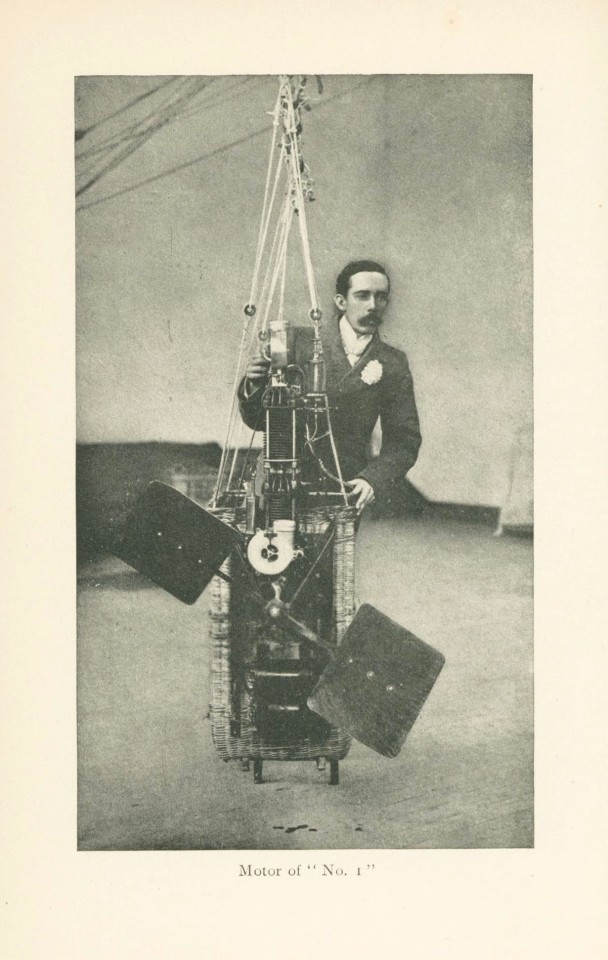
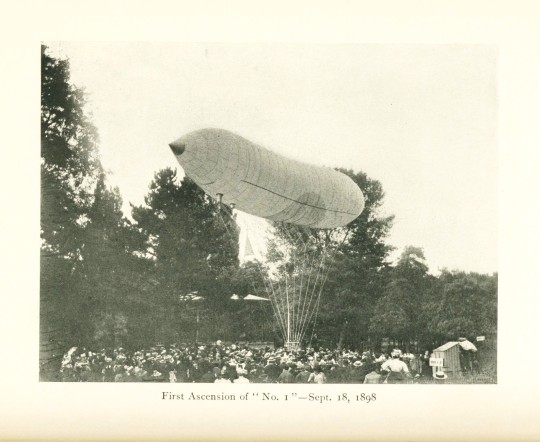
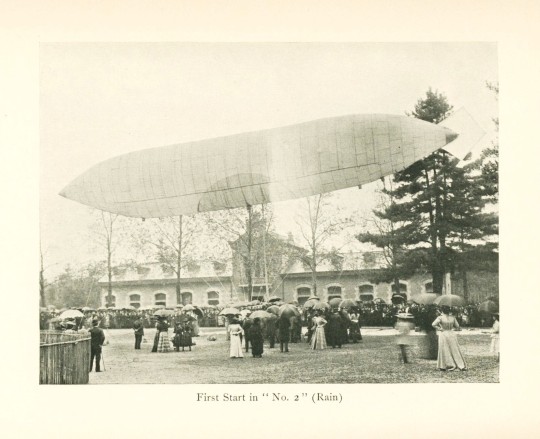




On this day, October 23, 1906, aeronaut Alberto Santos-Dumont (1873-1932) flew his biplane 14-bis for 50 meters at an altitude of about four meters. 14-bis, also known as Oiseau du Proie or “Bird of Prey,” was a powered heavier-than-air machine that took off unassisted by an external launch system at the Bagatelle Gamefield in Paris. This was one of the first heavier-than-air flights certified by the Aeroclub of France and recognized by the Fédération Aéronautique Internationale.
In celebration of this momentous shift within aerodynamics, we are exploring Santos-Dumont's earlier flights through his autobiography My Air-Ships published in New York in 1904 by The Century Company. Santos-Dumont's first experiments with flight were conducted in lighter-than-air balloons, oblong shaped and filled with buoyant gas. He conveniently named them numerically No. 1- No. 10 and kept detailed records of the successes and failures of each balloon.
Most notably was Santos-Dumont's flight No. 6 in 1901 when he flew around the Eiffel Tower. The flight took 29 minutes and 30 seconds and awarded him the Deutsch Prize. The flight is heavily documented in his autobiography along with all of Santos-Dumont's lighter-than-air designs and airships.
My Air-Ships features a lovely publisher's binding, is a gift of George Hardie, and is part of the George Hardie Aerospace Collection at UW-Milwaukee.
View other Milestone Monday posts.
– Jenna, Special Collections Graduate Intern
#milestone monday#milestones#alberto santos-dumont#biplane#my air-ships#airships#deutsch prize#the century company
73 notes
·
View notes
Photo
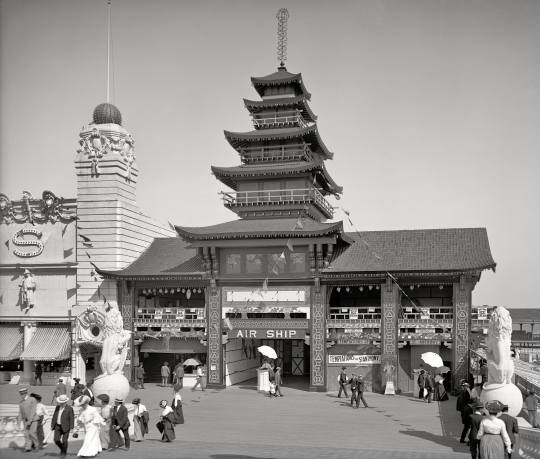
New York, May 1904. "Dreamland Park, Air Ship Building, Coney Island." Step right up to see the Santos-Dumont Airship No. 9 -- only a dime. Note the swastika decorations on this Japanese pagoda, the "Revels of Japan" tea house; the airship was in a hangar out back.
Hitler didn't adopt the swastika as the Nazi party symbol until 1921. Here it could be being used in the original Asian usage, although it was also used as a good luck symbol for early aviators according to wikipedia.
#1900s#vintage#turn of the century#Alberto Santos-Dumont#Horton's Ice Cream#exhibit#pedestrians#parasol#Edwardian era
40 notes
·
View notes
Text
Totally Youthful Tuesday
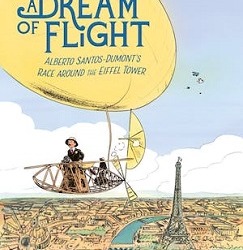
Okay, we humans are just… either crazy, or crazy awesome. In the early 20th Century there was an aviation prize called the Deutsch Prize. Someone had to pilot a balloon from Paris’ Aero Club, around the Eiffel Tower and back to the club in 30 minutes or less. This book is about Alberto Santos-Dumont and his quest to do this challenge.
It starts with his childhood and his life up to October 19, 1901 when he was in his Airship No. 6 trying to make the trip, and then… his motor stopped mid air…
The story was one that I had no clue about, and it was done so well in this nonfiction picture book. And, the art, of Paris and of the story it self was amazing.
You may like this book If you Liked: The Flying Man by Mike Downs, Wilbur Wright Meets Lady Liberty by Robert Burleigh, or The Flying Girl by Margarita Engle
A Dream of Flight: Alberto Santos-Dumont’s Race Around the World by Jeff Polivka
#totallyyouthfultuesday#nmlRA#nevins memorial library#a dream of flight#alberto santos-dumont's race around the eiffel tower#rob polivka#jeff polivka
3 notes
·
View notes
Text
Hard Luck Inventors
Sometimes, as with the likes of Thomas Edison or Henry Ford (Ford did not invent the automobile, but he did invent the assembly line), inventors have their reputations extolled and even exaggerated by historians (W.K. Dickson deserves half the credit for Edison's motion picture invention, for instance).
Other inventors, however, indisputably contributed greatly to human knowledge and technology, yet are remembered only in limited circles, both in their own time, and today.
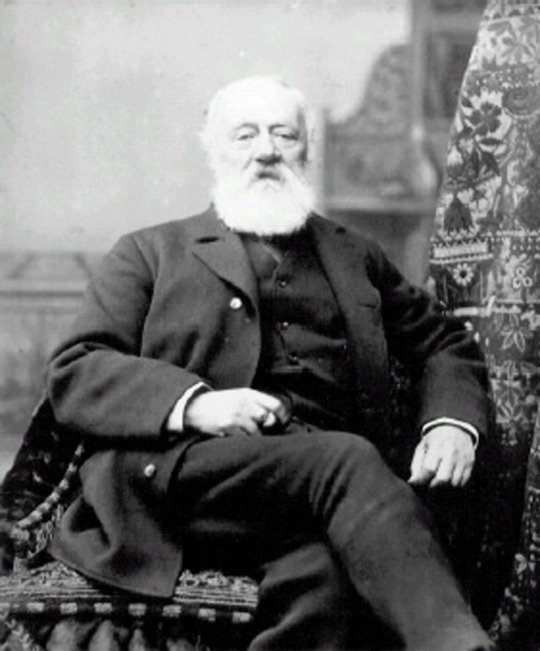
If "invention" refers to a concept more than to a physical object, then invention of the telephone should be credited partly to the man above, Italian-American Antonio Meucci.
Although he undoubtedly built experimental telephones capable of communicating within a household, Meucci had two obstacles that had nothing to do with his genius: A lack of money, and limited knowledge of the English language.
Thus, he could not afford a caveat, a claim that, under patent law in the USA at the time, would have forbidden rival inventors from patenting a telephone for a period of time, as a caveat cost the then very hefty sum of $20 (substantially over $500 in today's money), and as patent offices (then) had few Italian speakers, Meucci had another stumbling block.

Elisha Gray could have commiserated with Meucci better than anyone else, as he developed the concept for a type of liquid transmitter, the key idea for the building of a practical telephone, but later discovered that Alexander Graham Bell, Bell's attorney, or both, had some highly irregular dealings with the patent office that made it appear to be all Bell's idea.
Given that Meucci built telephones for internal household communications, as Bell later did, and Bell's means of making the telephone practical was directly lifted from Gray's caveat, one could credit Meucci, one could credit Gray- personally, I would credit both- but one fact is clear: Alexander Graham Bell did not invent the telephone, but merely profited from the ideas of others.
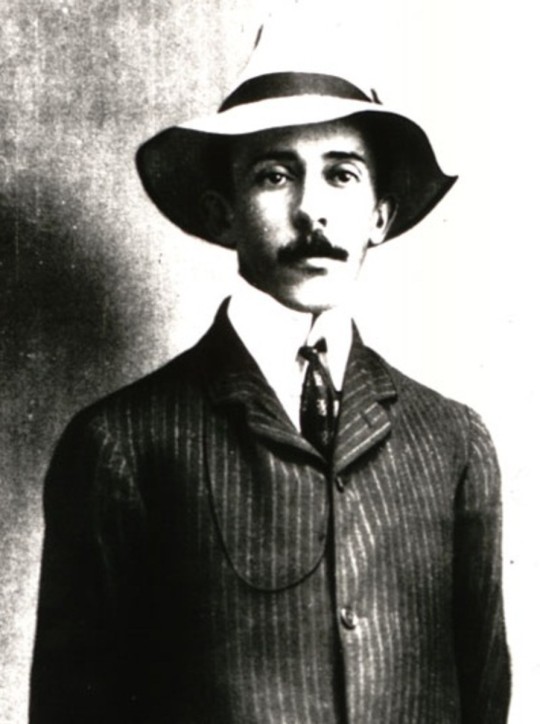
Did the Wright Brothers invent the airplane? The answer is a definite "sort of". You see, they needed rails (as in trains) and a derrick to put the plane in the air, hardly part of modern, practical aviation technology.
By contrast, Brazil's Alberto Santos-Dumont was the first person to construct an airplane that need no such assistance to achieve sustained, guided flight, in 1906. Yet national boundaries prevented anything in the nature of a patent dispute.
At a minimum, Santos-Dumont should share credit for the airplane with the Wright Brothers, but sadly, few outside Brazil know of him today, and in 1932, he ended himself, depressed over the use of his own technology in warfare.
In conclusion, while we cannot right the wrongs of the past, we history enthusiasts can, even if posthumously, today give credit where it is actually due, including to the above three men.
For good measure, here is a photograph of Alberto Santos-Dumont's 1906 airplane, possibly the first "practical" one, in flight, on November 12 of that year:
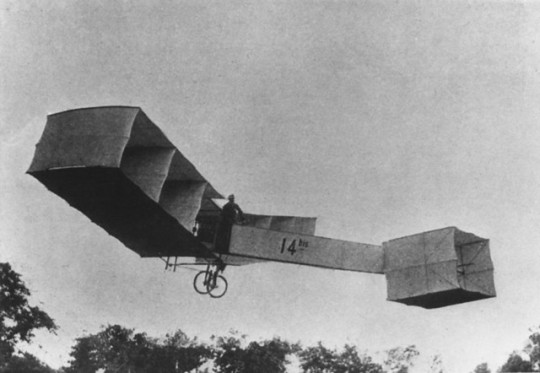
#invention#inventor#history#historical#telephone#Antonio Meucci#Italian#photography#beard#Victorian#Elisha Gray#patent#caveat#law#black and white#Alberto Santos-Dumont#Brazil#airplane#flight#tw: suicide mention
0 notes
Text
=Second in Flight=

Brazilian aeronaut Alberto Santos-Dumont flies the fixed-wing 14-bis 'Oiseau de Proie II' (Bird of Prey II) in the first heavier-than-air flight in Europe.

The plane lifted off and flew for 60 metres, without taking advantage of headwinds, ramps, catapults, slopes, or other devices (Paris, France 1906)

Dumont rolling-out his aircraft the '14 bis' in the grounds of the Chateau de Bagatelle in Paris.

the 14-bis....
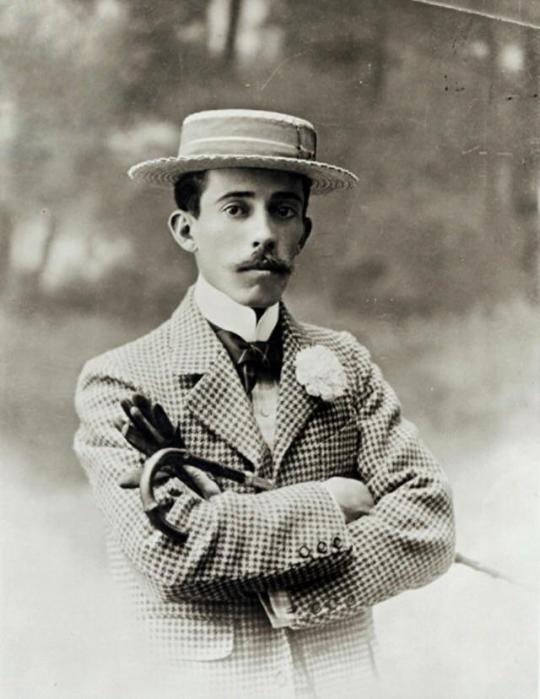
Brazilian aviation pioneer Alberto Santos-Dumont in Paris 1900
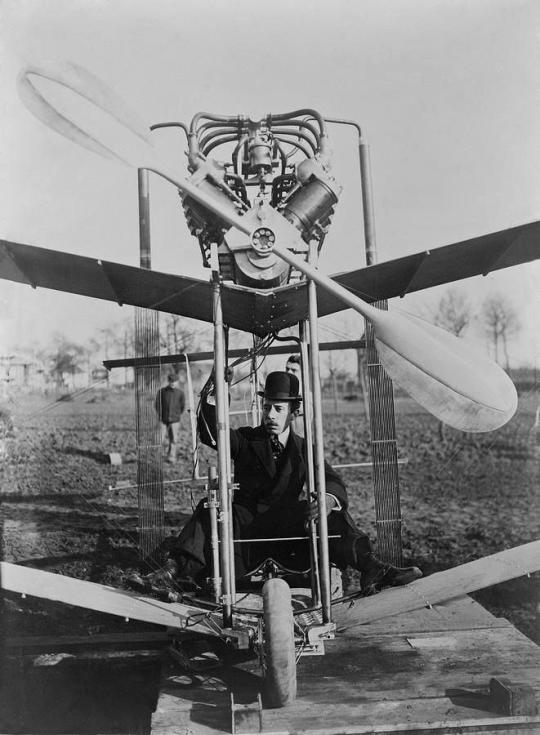
Santos Dumont in his plane in France, 1907.

The 'Demoiselle' - Alberto Santos-Dumont's production aeroplane; France, 1919.
#Alberto Santos-Dumont#france#2nd in flight#bird of prey#oiseau de proie#brazilian#aeronaut#paris#1906#demoiselle#lady#aviation
1 note
·
View note
Photo

Man Will Fly, Says Santos Dumont
January 7, 1907
Secretary of War Taft flaps his arms with artificial wings to fly about the seat of a Presidential Candidacy and a Supreme Court Bench.
The caption reads “We know one who will have to unless he settles on one perch or the other pretty soon.
Taft was considered a major possibility for the Republican nomination in 1908, but was also considered a strong candidate for a Supreme Court nomination. But if he did not settle on one, he would get neither.
See Also: William Howard Taft
From Hennepin County Library
Original available at: https://digitalcollections.hclib.org/digital/collection/Bart/id/5408/rec/8
#Charles Bartholomew#political cartoon#William Howard Taft#1908 Presidential Election#supreme court#american history#flight#alberto santos-dumont
0 notes
Photo

Cartier Santos: A Timeless Aviator's Companion The Cartier Santos is an iconic timepiece designed for aviator Alberto Santos-Dumont in 1904. Its square-shaped case and exposed screws revolutionized watch design.
12 notes
·
View notes
Photo

Oh @cartier you tease. Quelle elegance. Another great iteration of the Santos Dumont. Skeletonized, 31 mm, steel and fitted with the caliber 9629 MC. And have a look at the microrotor at “8” in the shape of “Demoiselle”, the lightweight plane designed by the Alberto Santos-Dumont himself. https://www.instagram.com/p/CqZoDfzt4mm/?igshid=NGJjMDIxMWI=
20 notes
·
View notes
Text
I've met this lovely gal many times before, but still every time, she steals me 😌💕


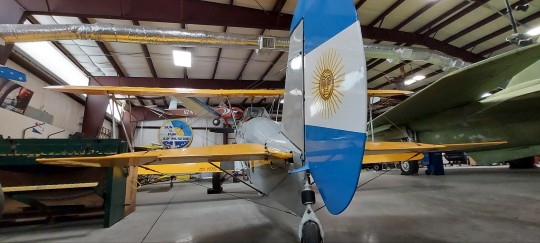

She's a Curtiss Wright 16E built in 1936! 87 years old and still airworthy! One of maybe 2 or 3 16Es still capable of flying today. Her engine is a Curtiss Wright J-6 (a very rare engine, only 500 made- and this museum has 2!)! This aircraft was intended to be a trainer for pilots training for higher performance aircraft. The infamous Boeing Stearman won that bid back in the day, which is why Stearmans are much more common than this plane. Instead it was adopted as a trainer by the militaries of Brazil, Peru, Argentina, Bolivia, and Ecuador. Im told this particular airplane was flown by famous Brazilian aviaton pioneer Alberto-Santos Dumont!
19 notes
·
View notes
Text
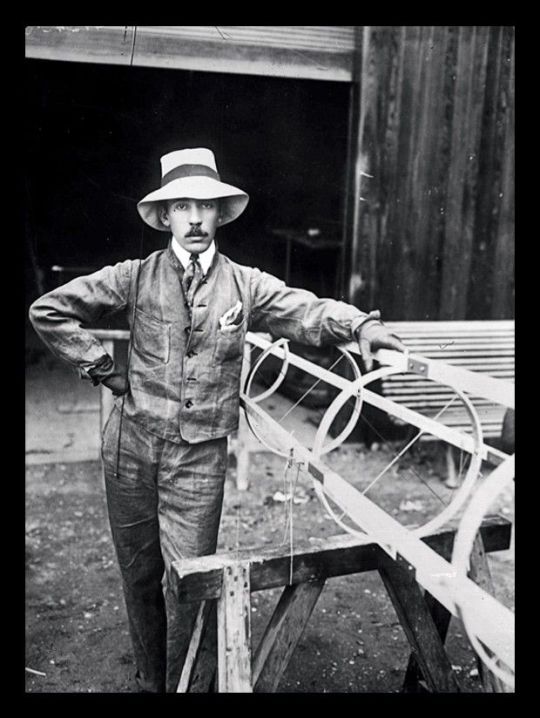
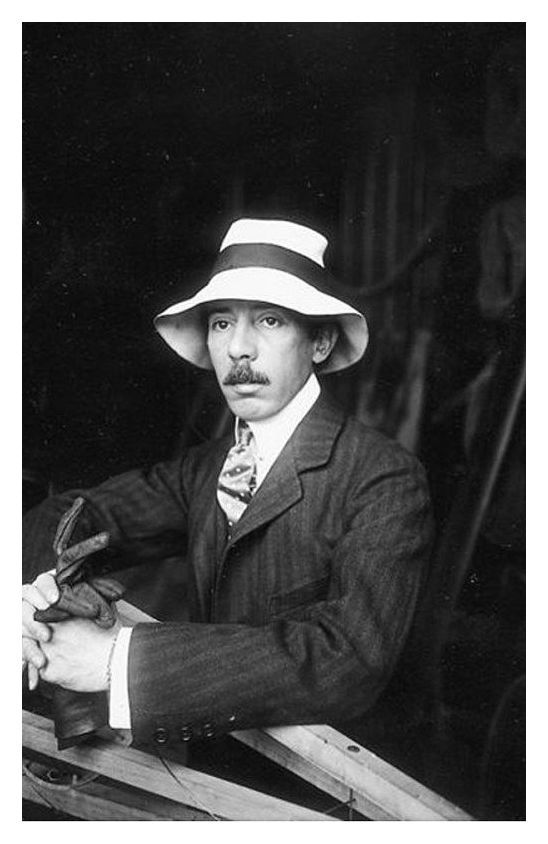
Alberto Santos-Dumont, Brazilian aviation pioneer, 1906
5 notes
·
View notes
Text
Alberto Santos Dumont foi um aeronauta, esportista, autodidata e inventor brasileiro.
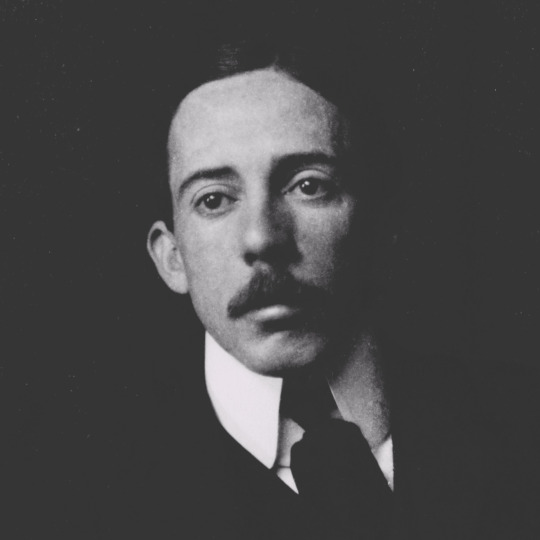

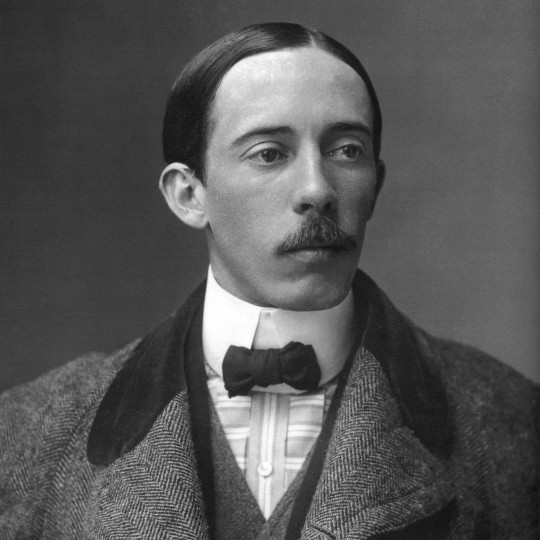
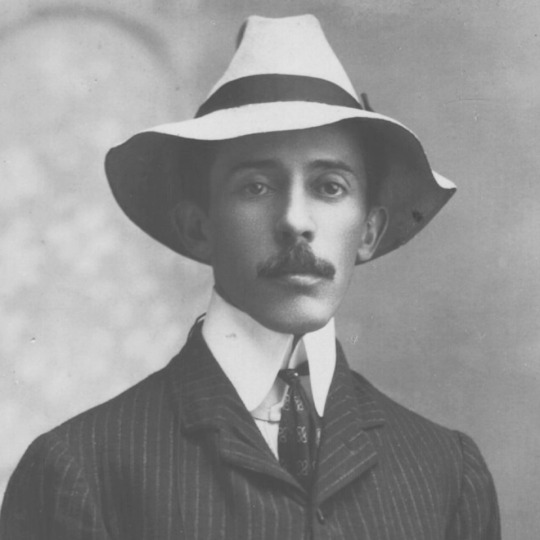
#Alberto Santos Dumont#Santos Dumont#Icons Tumblr#Icons#Gênio#Foto#Photo#Avião#Inventor#Brazil#Aeronauta#Cartier#Brasil#Relógio#Genius
13 notes
·
View notes
Text
BREVE ESTUDO REFERENTE À AERONÁUTICA
BREVE ESTUDO REFERENTE À AERONÁUTICA
Aeronáutica na humanidade
A: Celiny A. da C. Arguiera
Um breve estudo referente à Aeronáutica
Introdução
A geografia é amplamente utilizada no cotidiano das pessoas, seja para se situar no espaço, encontrarem um caminho no mapa, hoje com as evoluções da internet esse trabalho é feito com o GPS, dentro das disciplinas de geografia também pode se estudar estatísticas de determinados meios, medição de regiões, entre outros.
A geografia também se encontra dentro das Forças Armadas que trabalham em prol de uma nação, no Brasil o conjunto que rege esse incrível trabalho são basicamente as forças da Marinha, Exercito e Aeronáutica, cada uma com suas especialidades, mas todas com o objetivo de trabalhar pela nação, em especial este trabalho abordará assuntos relacionados à Força Aérea Brasileira.
Breve história da aviação
O desejo da humanidade de voar rumo aos céus não é de hoje, tais desejos vem de muitos séculos atrás, e como um bom aprendiz por meio da observação os seres humanos certamente observavam seres capazes de voar, e ao longo foram surgindo hipóteses de como realizar tal façanha. Leonardo Da Vinci, um grande filosofo, estudioso, artista, engenheiro, um verdadeiro polímata desenhou como um projeto o que hoje viria a dar idéias para a criação do helicóptero por exemplo, claro que envolvendo outros estudos como física, engenharia, química, entre outros, e depois a geografia, para que, assim pudessem se situar no espaço. Mas antes mesmo de surgir essas fascinantes máquinas voadoras surgiram os balões, com estudos de vários cientistas, como Isaac Newton, Daniel Bernoulli, e experimentos dos irmãos Joseph Mechel e Jacques-Étrienne Montgolfier.
Utilidades Aéreas
Em 1937 já foi possível ver os aviões dirigíveis, sendo os primeiros veículos a realizarem bombardeios aéreos durante a Primeira Guerra Mundial, mas o seu primeiro acidente ocorreu no mesmo ano com o dirigível Hildenburg que explodiu ao aterrissar em Lakehurst, Nova Jersey.
Em 1906 o brasileiro Alberto Santos Dumont realizou o primeiro vôo devidamente homologado de uma máquina capaz de alcançar vôo por seus próprios meios, o famoso 14 Bis, uma máquina mais pesada, mas capaz de ser mais leve que o ar.
Foi possível o uso de aviões nas Primeiras e Segundas Guerras Mundiais, muito usados em bombardeios, transportes leves de equipamentos rápidos, missões mais secretas, defesas aéreas (segurança), também usados para transportes de pessoas, médicos, e muito mais. Ao longo dos anos essas máquinas viárias vêm se tornando cada vez mais tecnológicas, tendo um piloto e um co-piloto para pilotar, GPS para se localizarem no espaço, sendo mais automáticos também.
Muitos pensam que a Força Aérea serve apenas para Guerras na defesa de sua pátria, mas tem como funções dependendo das situações de ajudar no controle de incêndios, transportar rapidamente pessoas feridas, resgates, levar mercadorias de sua nação, formar oficiais, ajudar no controle da aviação, e além de tudo manter o poder aéreo de sua nação, no caso do Brasil a espetacular “Dimensão 22”, envolvendo nesses trabalhos desde Cadetes a Marechal do Ar.
Dentro da Força Aérea envolve desde a física, seja na construção de aeronaves, projetos, cálculos matemáticos e de física para levantar o vôo, a biologia e a química seja em desenvolvimentos de “armas” e equipamentos, envolve a geografia pois, para voar também é necessário conhecer o espaço geográfico do país, envolve estudos de mapas para chegar ao destino programados, e reconhecer todo o território para determinados eventos, a tecnologia como um todo para rastrear as aeronaves, e por de trás de tudo isso existe uma história de desenvolvimento, também se usa da linguagem para a comunicação, por exemplo. Também há a atuação de engenheiros,e de toda a equipe de militares dessa força, no caso do Brasil a FAB (Força Aérea Brasileira).
Postos da Força Aérea Brasileira (FAB)
Cadete: “Como um aquecimento é uma designação de militares sendo preparados para o oficialato.” No Brasil existe várias escolas que visam a formação de militares dentre os vários postos dentro da FAB, mas os anos iniciais de quem deseja iniciar sua carreira dentro da instituição tem como base estudos na Escola Preparatória de Cadetes do Ar, situada na cidade de Barbacena, no Estado de Minas Gerais.
Taifeiro Segunda Classe;
Soldado Segunda Classe;
Taifeiro Primeira Classe;
Soldado Primeira Classe;
Taifeiro Mor;
Cabo;
Terceiro Sargento;
Segundo Sargento;
Primeiro Sargento;
Suboficial;
Aspirante;
Segundo Tenente;
Primeiro Tenente;
Capitão;
Major;
Tenente Coronel;
Brigadeiro;
Major Brigadeiro do Ar;
Marechal do Ar.
Conclusão
Pode-se concluir que a Força Aérea Brasileira desempenha um grande papel no desenvolvimento da Dimensão22, e de brasileiros, garantindo defesa ao país, trabalhando em prol da Nação Brasileira, intervindo com vários trabalhos desde sua criação, envolvendo as mais variadas ciências em seu campo, mesmo que secundariamente, porém todas envolvem uma ligação entre si para o desenvolvimento da aviação e suas funções, a FAB também possui vários postos dentro de sua equipe, contendo várias funções e aprendizados.
Bibliografia:
Livro: Barsa: Nova Enciclopédia Barsa
pt.m.wikipededia.org
fab.mil.br
Nota da Autora
Esse trabalho foi feito em maior parte com o meu conhecimento intelectual, e também algumas pesquisas, ressalto que a ideia foi mostrar as disciplinas básicas da Grade Comum Curricular Brasileira dentro da vida cotidiana, sobre tudo em especial tratando da Força Aérea Brasileira (FAB), até porquê é um dos meus sonhos como pessoa ingressar na FAB, levando aprendizados para uma vida toda, bem como a contribuição no desenvolvimento de minha pátria.
2 notes
·
View notes
Text
10 perguntas para te conhecer melhor!
Cor favorita: Azul 💙
A música do momento: Who's counting, do MGMT
Última música que você ouviu: Amulet, da Melanie Martinez
Última pesquisa do google: "Barbie Raquelle" KKSKSK Queria ter uma ideia se as bonecas da Dreamhouse ainda estavam a venda por aí
A viagem dos seus sonhos: Havaí, Japão e Croácia são o meu top 3
Qualquer coisa que você gostaria de comprar: Uma peruca pra cosplay! Metade do cabelo de uma cor, uma de outra 🤹♀️
Um filme favorito: Coraline e o Mundo Secreto
Uma série que queira assistir: Better Call Saul, que comecei ano passado e simplesmente abandonei do nada...
Um famoso: Alberto Santos Dumont, pai da aviação e aniversariante do dia (150 anos do homi)
Sua obsessão atual: A personagem Harley Quinn, arlequins em geral, circos e toda essa estática ksksksksk. Essa é uma obsessão minha antiga já, que vem e volta de vez em quando 🎪
O @itacoisa me marcou nessa tag que achei bem bacana! Valeu 😊
Vou marcar alguns amigos também: @hadaward04 @andromeda-station @shakespereansonnet @mar0th-blog
6 notes
·
View notes
Photo
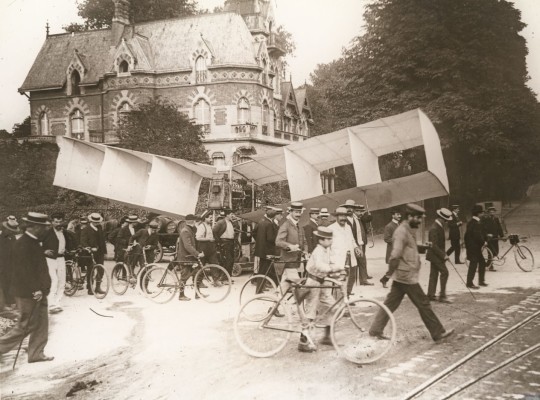
Dumont 14 Bis. Alberto Santos Dumont rolling-out his AC in the grounds of the Chateau de Bagatelle, Paris
8 notes
·
View notes
Photo

Alberto Santos-Dumont complained to his friend Louis Cartier about the difficulty of checking his pocket watch while flying. Louis Cartier listened and an idea was born, which was to become the Santos-Dumont wristwatch – the first pilot watch • #WRISTPORN by @smycel https://www.instagram.com/p/CfFV7PeNMCV/?igshid=NGJjMDIxMWI=
16 notes
·
View notes